 Do you tape beautiful, exotic vistas to your cubicle wall, and wish you were floating on your back in the blue of the Mediterranean? And when the bossman comes round asking for you to work Saturday and Sunday while demanding more TPS reports, do you desire escapism? Fear not comrade! I have some magic beans to sell you. Save yourself a bruising imprint of QWERTY on your head and lose yourself in some good science fiction.
Do you tape beautiful, exotic vistas to your cubicle wall, and wish you were floating on your back in the blue of the Mediterranean? And when the bossman comes round asking for you to work Saturday and Sunday while demanding more TPS reports, do you desire escapism? Fear not comrade! I have some magic beans to sell you. Save yourself a bruising imprint of QWERTY on your head and lose yourself in some good science fiction.
I’ll be the honest Magic Bean Merchant and go ahead and tell you that each of these three beans will produce their own beanstalks that will reach up far beyond the clouded mundaneness of your typical workday.
Also, I’ll be straightforward, there are giants atop the beanstalk. But these giants are not of the Odyssian-cannibal-club swinging-loincloth wearing ilk; rather, they are the profound, contemporary giants of today’s science fiction genre. Neil Stephenson stands atop the tallest stalk I refer to as ‘hard science fiction.’ Atop the beanstalk of fantasy resides the elusive B. Catling, sitting in stoic repose. And lastly, atop the beanstalk of magical realism, beckons the largest giant of all—Haruki Murakami.
 Think you can climb the highest beanstalk? Go ahead, limber up the legs of your science bound brain and prepare the ascent of Neil Stephenson’s SevenEves. I determine that SevenEves belongs in the ‘hard science fiction’ subgenre, because of Stephenson’s ability to convince his reader that every single thing happening within this epic is entirely possible and could happen in the real world…well, if some mysterious force were to destroy the moon and the subsequent fallout of moonrocks threatened the complete annihilation of humanity. SevenEves is steeped in physics and engineering lessons. For the first few weeks I was getting into this novel, I relentlessly dreamed (or in some cases had nightmares) that I was haphazardly floating around on the International Space Station trying figure out how to do things like pour dangerous chemicals into beakers in Zero-G to save the human race.
Think you can climb the highest beanstalk? Go ahead, limber up the legs of your science bound brain and prepare the ascent of Neil Stephenson’s SevenEves. I determine that SevenEves belongs in the ‘hard science fiction’ subgenre, because of Stephenson’s ability to convince his reader that every single thing happening within this epic is entirely possible and could happen in the real world…well, if some mysterious force were to destroy the moon and the subsequent fallout of moonrocks threatened the complete annihilation of humanity. SevenEves is steeped in physics and engineering lessons. For the first few weeks I was getting into this novel, I relentlessly dreamed (or in some cases had nightmares) that I was haphazardly floating around on the International Space Station trying figure out how to do things like pour dangerous chemicals into beakers in Zero-G to save the human race.
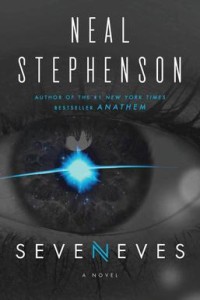 I recommend SevenEves to hard science fiction enthusiasts because Stephenson has mastered his form in this novel in a way that is so immersive and science-y that it would make Michael Crichton blush. Climb aboard if you have the time to devote to this novel, because it is exceedingly dense—but if you are fit to the task you will be directly portal’d to a different time and place that is much more titillating than the real world.
I recommend SevenEves to hard science fiction enthusiasts because Stephenson has mastered his form in this novel in a way that is so immersive and science-y that it would make Michael Crichton blush. Climb aboard if you have the time to devote to this novel, because it is exceedingly dense—but if you are fit to the task you will be directly portal’d to a different time and place that is much more titillating than the real world.
(Also, please, please PLEASE! Will someone read this one? After having finished it I crave, no, I NEED, to have someone to talk to concerning SevenEves. After the end I’ve been gasping for further pontification. For instance: I want to tell you that [if I were a character in this epic] I would be a Neolander (Red) Aidan Beta that retreated to Beringia in order to re-seed Terra Firma with gen-mod grapes [that haven’t been robbed of sweetness by epigenessis] and make new Earth’s first wine vineyard…and protect the whole shindig from those barbaric diggers and dastardly blue Teclans with the crack of my nano-bot composite bull whip.)
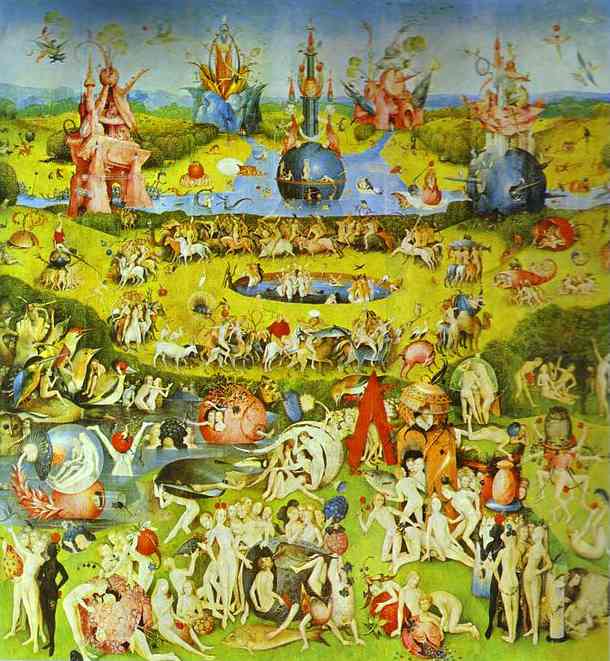
The newest stalk, the stalk of fantasy is one climbed only by the most adventuring escapists. This beanstalk is comprised of B. Catling’s first and only published work: The Vorrh. Six or seven plots within The Vorrh revolve and twist around each other. The deadfall switching of narrative voicing and character arcs keeps readers 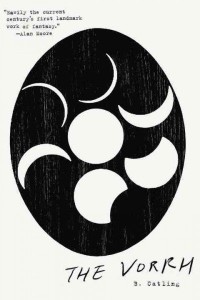 on their toes. This mechanic forces the reader to keep guessing what lies at the center of the mystical Vorrh, which is a place hidden in the most remote reaches of Africa where ‘gods walk’ and is even referred to by some as a ‘garden of Eden.’ If the fantasy beanstalk is the one you want to surmount, prepare yourself for The Vorrh and expect to enter the minds of an indigenous tribesman/assassin wielding a talisman-enchanted post WWI rifle, of a lusty Cyclops raised by robots and imprisoned in a mysterious basement, and lastly prepare yourself to visit The Vorrh, being a composite of captured beauty that will send your heart racing and captured terror that will keep your heart skipping.
on their toes. This mechanic forces the reader to keep guessing what lies at the center of the mystical Vorrh, which is a place hidden in the most remote reaches of Africa where ‘gods walk’ and is even referred to by some as a ‘garden of Eden.’ If the fantasy beanstalk is the one you want to surmount, prepare yourself for The Vorrh and expect to enter the minds of an indigenous tribesman/assassin wielding a talisman-enchanted post WWI rifle, of a lusty Cyclops raised by robots and imprisoned in a mysterious basement, and lastly prepare yourself to visit The Vorrh, being a composite of captured beauty that will send your heart racing and captured terror that will keep your heart skipping.
 The last bean I offer you will actually split into two parallel stalks. So, climb one, climb the other, or if you are an exceptionally strong escape artist—Ironman your way up the middle of both at the same time. The legendary king, master of the magical realists’ universe stands at the top, straddling both stalks with his style and enormous narrative gait. He is no other than Haruki Murakami, and the stalks are respectively Kafka on the Shore and IQ84.
The last bean I offer you will actually split into two parallel stalks. So, climb one, climb the other, or if you are an exceptionally strong escape artist—Ironman your way up the middle of both at the same time. The legendary king, master of the magical realists’ universe stands at the top, straddling both stalks with his style and enormous narrative gait. He is no other than Haruki Murakami, and the stalks are respectively Kafka on the Shore and IQ84.
So, being the astute Murakami fanboy I seem to be, I gotta tell you these books will blow your mind so bad that you’ll be scraping brains from your wallpaper for weeks. Both are set in real world Japan, and begin tragically trapped by a serendipitous sense of realism, but as the novels evolve, Japanese  mysticism will rise up from the darkest cracks of unexplored Tokyo and entrance you with plot arcs that will leave your jaw dangling with a loss for words.
mysticism will rise up from the darkest cracks of unexplored Tokyo and entrance you with plot arcs that will leave your jaw dangling with a loss for words.
If ultra-femenist, ice-pick wielding, super assassins and powerful, corrupt cults are your type of thing, pick up IQ84. If coming of age stories, libraries, shadow walking, leeches raining from the heavens, and a cast of talking cats are more your thing, pick up Kafka on the Shore.
Don’t feel trapped by mediocrity my friend. Thousands of alternate realities await you on the shelves of Lemuria if none of these beanstalks fit your escapist ambitions. Drop by, grab a Lemurian and demand that they help you escape reality.
But, ask for me if any of these magic beans have particularly sparked your curiosity. I’m eager to set you on a steadfast route out of your cubicle. Godspeed, my escape artist comrades!
 You might think that having magic hair that’s attuned to your emotions would be a blessing, but the titular character in Norma (by Finnish-Estonian writer Sofi Oksanen) would disagree. Norma is an ordinary woman whose hair corkscrews and kinks when she feels strong emotions, such as danger or guilt. It also happens to grow about a meter a day, causing Norma to have to constantly cut it off so that no one notices. The only person that knows Norma’s secret is her mother, Anita.
You might think that having magic hair that’s attuned to your emotions would be a blessing, but the titular character in Norma (by Finnish-Estonian writer Sofi Oksanen) would disagree. Norma is an ordinary woman whose hair corkscrews and kinks when she feels strong emotions, such as danger or guilt. It also happens to grow about a meter a day, causing Norma to have to constantly cut it off so that no one notices. The only person that knows Norma’s secret is her mother, Anita.

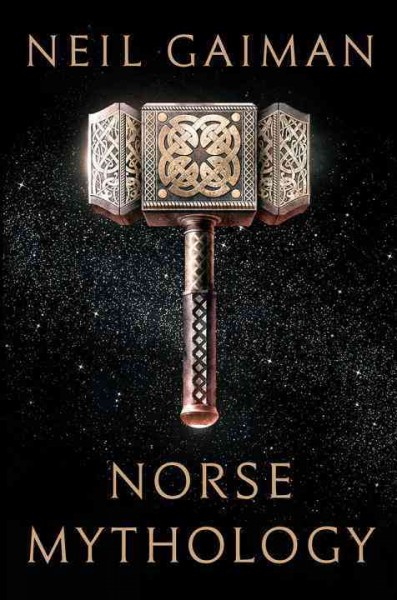 Neil Gaiman’s
Neil Gaiman’s  beginning with basic origin stories and culminating in the final chapter with the story of Ragnarok, the Norse doomsday prophecy. Gaiman takes these classic tales and puts his own twist in them, writing them as if they were brand-new inventions of his mind. Norse Mythology is fantastic and, at the very least, an extremely fun read that anyone who loves fantasy of mythology (or even someone who doesn’t) should pick up and give a shot.
beginning with basic origin stories and culminating in the final chapter with the story of Ragnarok, the Norse doomsday prophecy. Gaiman takes these classic tales and puts his own twist in them, writing them as if they were brand-new inventions of his mind. Norse Mythology is fantastic and, at the very least, an extremely fun read that anyone who loves fantasy of mythology (or even someone who doesn’t) should pick up and give a shot.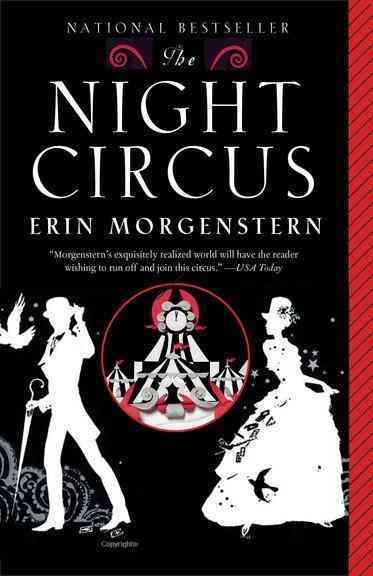
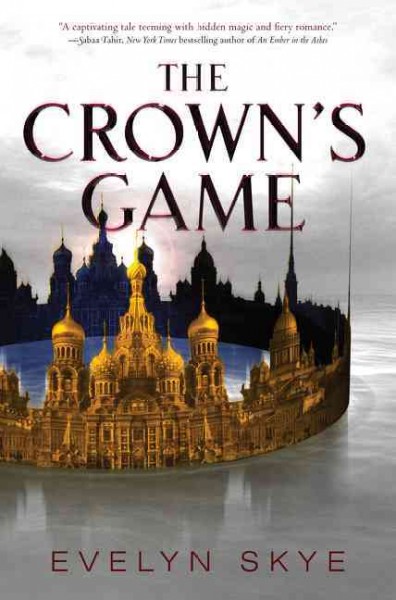
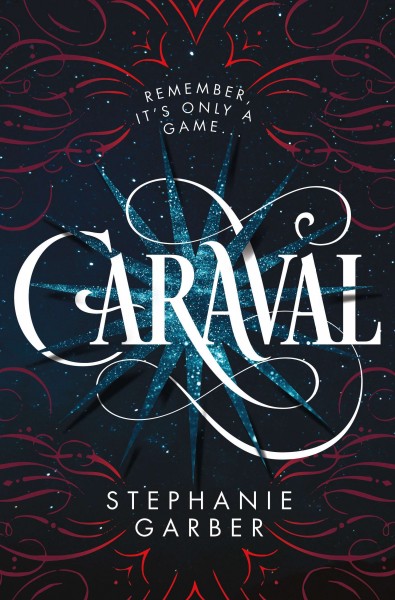
 This year was a doozy. I consumed everything from nonfiction about
This year was a doozy. I consumed everything from nonfiction about 

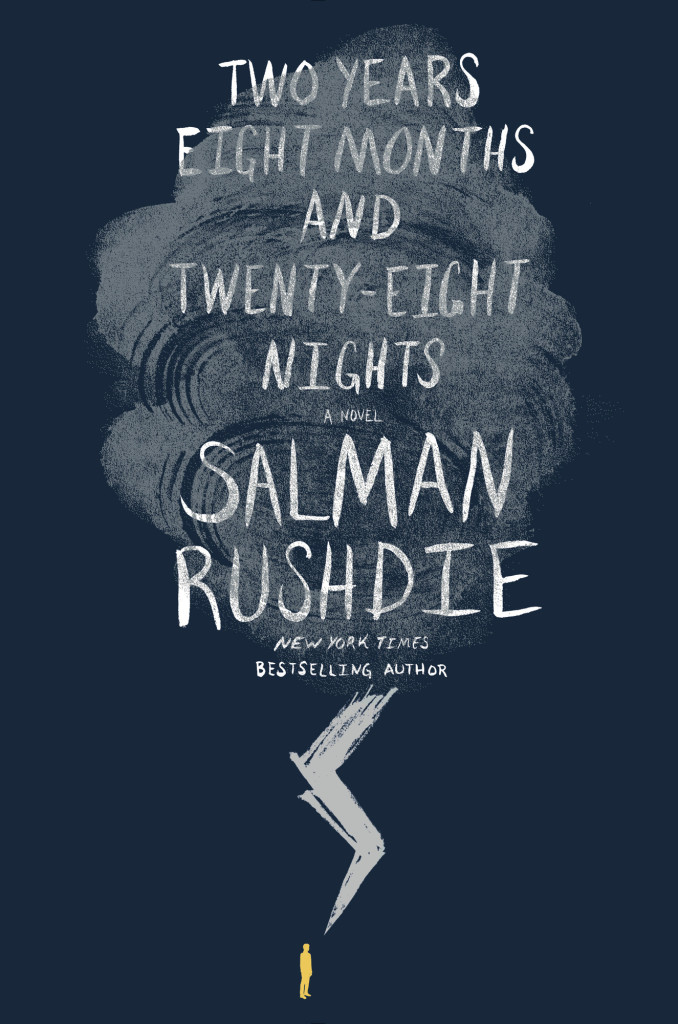
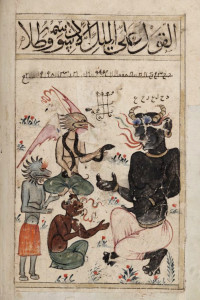
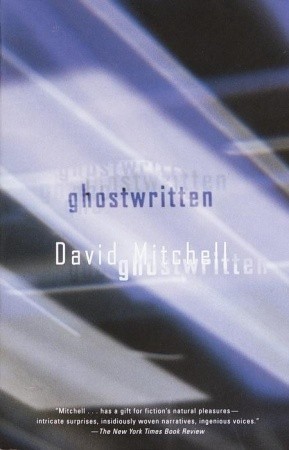
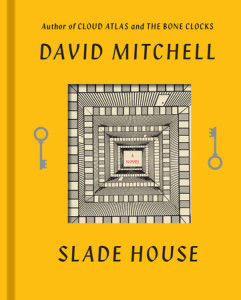

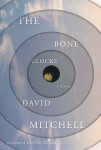
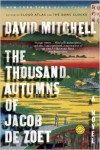










 I hope you find this new swing in pop culture as exciting as I do. Come celebrate this nerd pride with us tonight at 5:00 in our .dot.com building and meet Ernest Cline himself. We’ll be the ones in the corner selling copies of Armada, Ready Player One, awesome merch, and quoting The Breakfast Club or arguing with you about the over use of the eagles in The Lord of the Rings. We would love to nerd out with you.
I hope you find this new swing in pop culture as exciting as I do. Come celebrate this nerd pride with us tonight at 5:00 in our .dot.com building and meet Ernest Cline himself. We’ll be the ones in the corner selling copies of Armada, Ready Player One, awesome merch, and quoting The Breakfast Club or arguing with you about the over use of the eagles in The Lord of the Rings. We would love to nerd out with you.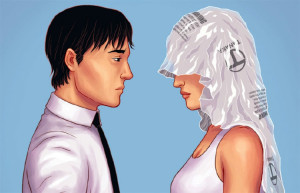
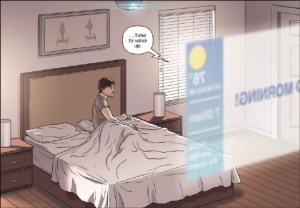 The landscape of
The landscape of  The story jack-knifes into a world of hackers and government officials. Of unlikely romance. Of insatiable sci-fi drama. What at first seems to be a predictable story is anything but.
The story jack-knifes into a world of hackers and government officials. Of unlikely romance. Of insatiable sci-fi drama. What at first seems to be a predictable story is anything but.